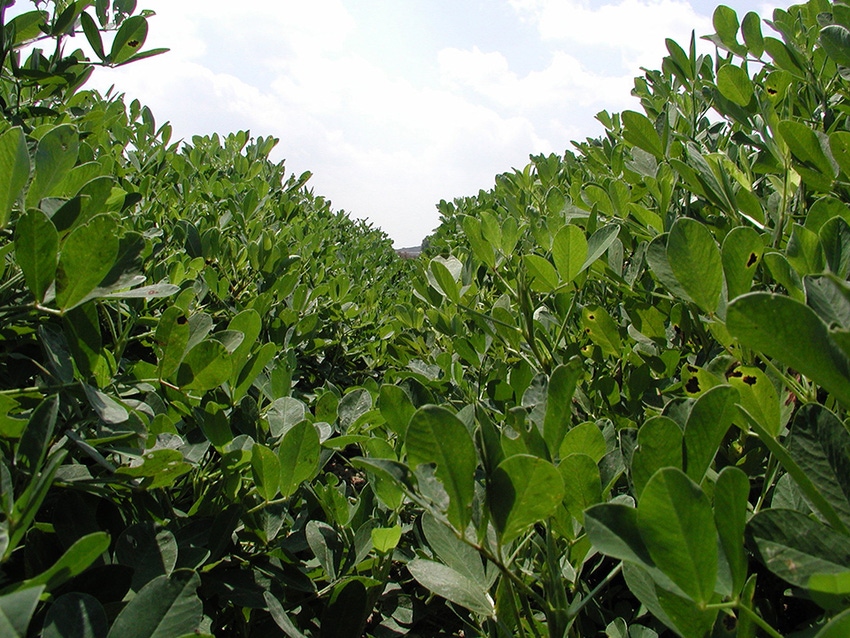
Ounces per gallon, U.S. peanut farmers grow the most water-efficient nut on the market, but there is always room for improvement and for a better understanding of conservation and sustainability.
University of Georgia researchers annually conduct research at the Sunbelt Ag Expo Darrell Williams Research Farm in Moultrie, Ga., but one project in 2019 will use its large-scale plots to investigate and compare peanut water efficiency and carbon storage in conventional- and conservation-based tillage systems.
The work is being led by Dr. Monique Leclerc, a professor with the UGA College of Agricultural and Environmental Sciences. Her Laboratory for Environmental Physics is based on the UGA Griffin Campus. The peanut research at the Sunbelt Expo is in cooperation with Dr. Scott Monfort and Dr. Scott Tubbs, both UGA agronomists based at the UGA Tifton Campus.
In this Q&A with Southeast Farm Press, Dr. Gengsheng Zhang, a senior scientist with Leclerc’s lab, discusses the peanut project.
SEFP: Can you give a general overview of the project taking place at the Sunbelt Ag Expo?
The goal of the present project is to optimize water resources conservation while maximizing peanut production in southern cropping systems. This study is a valuable tool to tailor irrigation systems. Given the conflicting accounts on water-savings benefits of conservation tillage, this project dispels existing controversy in the literature by accurately determining water-use efficiency in two contrasting tillage practices.
SEFP: How is the research being conducted?
It does so thanks to a state-of-the-art technique called the eddy-covariance. This project accurately quantifies the ability of both strip tillage and conventional tillage in storing water and carbon using rye cover-crop residue. This project addresses the impact of conservation tillage on water-use efficiency (WUE), evapotranspiration (ET), and carbon storage. A particular strength and uniqueness of these measurements is that the experiment is carried out at the field scale, continuously day and night in contrast with earlier studies. This method determines the amount of water savings achieved together with the organic carbon stored/released continuously through photosynthesis/respiration simultaneously in both tillage practices.
SEFP: How might it benefit farmers or the industry in general?
The influence of conservation tillage in peanut production on water-use efficiency and water savings, and carbon sequestration will be quantitatively and accurately determined in this project. With growing water restrictions looming in agriculture, this study demonstrates the sustainable side of a progressive peanut industry by:
Quantifying the degree to which conservation tillage reduces southern cropping systems water loss (ET) to the atmosphere.
Demonstrating how implementing of these sustainable practices can improve water conservation and increase carbon sequestration. One of the several positive outcomes of such a study lies in its usefulness in the planning and design/configuration of irrigation systems.
Funding for the project comes from the Southeastern Peanut Research Initiative and National Peanut Board.
Learn more about the peanut water efficiency and carbon storage study, along with other on-farm research, at the Sunbelt Ag Expo Field Day July 25.
About the Author(s)
You May Also Like






